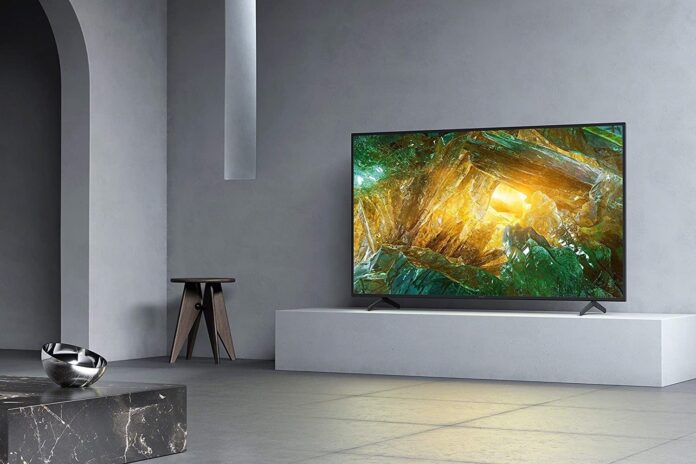Android TV 13 will also receive important news, in addition to the “main” release dedicated to smartphones and tablets. Esper’s usual Mishaal Rahman has published a detailed analysis, but for now it can be summed up very succinctly with two points: improvements to Picture-in-Picture and a new mode of low power standby energetic.
THE PIP EXPANDS
In the latest releases of Android (and Android TV accordingly), developers can specify the ratio of the PiP window to optimize it for the content to be played. The default is 1.777778: 1 (which is equivalent to the very classic 16: 9), while the lower and upper limits were 1: 2.39 and 2.39: 1 (which corresponds to 21: 9 cinematic). With Android 13 these limits will no longer apply, and developers will be able to overcome them if they wish.
Some traces in the code suggest that it will be possible to activate one sort of Split-screen or multi-window mode which will simultaneously dock an expanded PiP window to one of the screen frames.
REDUCED CONSUMPTION IN STANDBY
As we know, Android TV devices do not turn off “for real” almost never: they remain in standby in such a way as to guarantee a restart time appropriate to the device category – we have always been used to a wait of a couple of seconds at the most, it would be difficult to step up to the levels typical of laptops and phones. The new mode, simply called Low Power Standby, imposes even stricter restrictions on apps, disables all network connectivity, and prevents wakelocks. There are breaks from these restrictions at regular intervals to allow apps to update and complete their tasks.
For the moment, nothing else is known. It is worth mentioning that historically Android TV arrives several months (if not a year) after the release of the same smartphone release (“released” means when the update is deployed on currently supported Pixels). It is likely that there will be further developments and news over the next few months, but it is best not to expect anything too shocking.














